Call 650 324 2373 | Text 408 520-1585
SPRING CLASSES START JAN 19
“Christine is an extraordinary teacher working with an amazing program. She has the keen ability to make the class fun yet challenging...”
Harmony Road 2 student Nia's (age 6) composition
There is such a proliferation of music curricula for young children: Orff, Dalcroze, Kodaly, Suzuki, Montessori, and many more. They all have strengths, and each emphasizes important aspects of the developing musician. So why not combine the strengths for the most comprehensive possible musical foundation?
It was precisely this idea that motivated me to implement a keyboard based children's program at the New Mozart school. New Mozart's Harmony Road combines Montessori’s child-centered learning, Kodaly singing, the rhythm and motion of Dalcroze and Orff and the high parental engagement of Suzuki to produce a uniquely multidimensional curriculum that introduces young children to active and enthusiastic participation in the world of music.
Our Harmony Road group class curriculum includes four lesson elements: keyboard discovery and skills; solfege singing and ear training; rhythm and movement activities; and music improvisation and composition. It is this final element in particular that distinguishes New Mozart's program from many other curricula. The creative act, not just performance, is underlined as a valuable part of the complete musical person. This creative component was an integral part of music education in the early 19th century. But as the Romantic Period progressed, the virtuosic demands of the piano literature increased dramatically, and piano study began to focus tightly on the development of technical performance skills. Reproduction eclipsed creation. By restoring the place of the creative act in a complete music education, we hope to return to the education of the total musician.
Our program is rooted in the European philosophy of music education that recognizes music as an essentially human activity and every child as a musical being. Each level of instruction is carefully matched to age-appropriate skills and conceptual abilities. Technical work and music notation reading can stifle creativity and overall musicianship if allowed to become the focus of musical instruction too early, so Harmony Road delays the introduction of these skills until a foundation of creative, participatory involvement can be established.
Children ages 3 to 4 begin laying this foundation by participating in “Music in Me,” group music classes involving activities in ear training, solfege singing, keyboard exploration, and pitch and rhythm awareness.
As children progress to ages 5 to 7, the four elements (keyboarding, ear training, movement and creativity) continue but skill and engagement level increases, incorporating study and production of higher levels of organization for pitch and rhythm. Music composition and improvisation become an ever-greater proportion of the curriculum in the 2nd year.
Like the Suzuki method, our Harmony Road emphasizes the vital importance of parent involvement, including attendance at all classes and active coaching at home.
The results of the New Mozart's Harmony Road approach are extraordinary. Children have a powerful foundation for individual keyboard study, for general musicianship, and for the study of second (or third!) instrument or voice. We hope that as word spreads of the effectiveness in building young musicians, our approach to teaching young children will gain presence in music education beyond the New Mozart School of Music.
© Christine E. Shin
For more info on how children learn music, read Developing a Musical Language for Young Children written by Dr. Paul U. Lee, Stanford educated cognitive psychologist.


